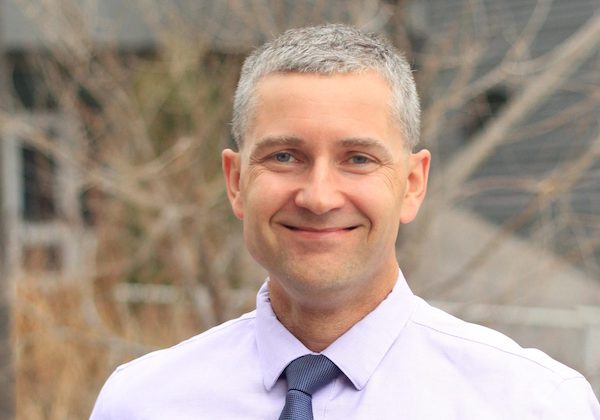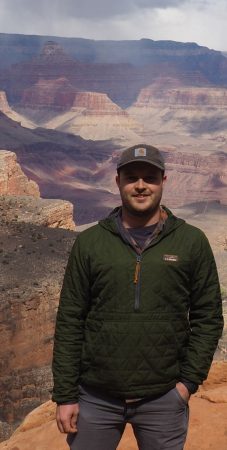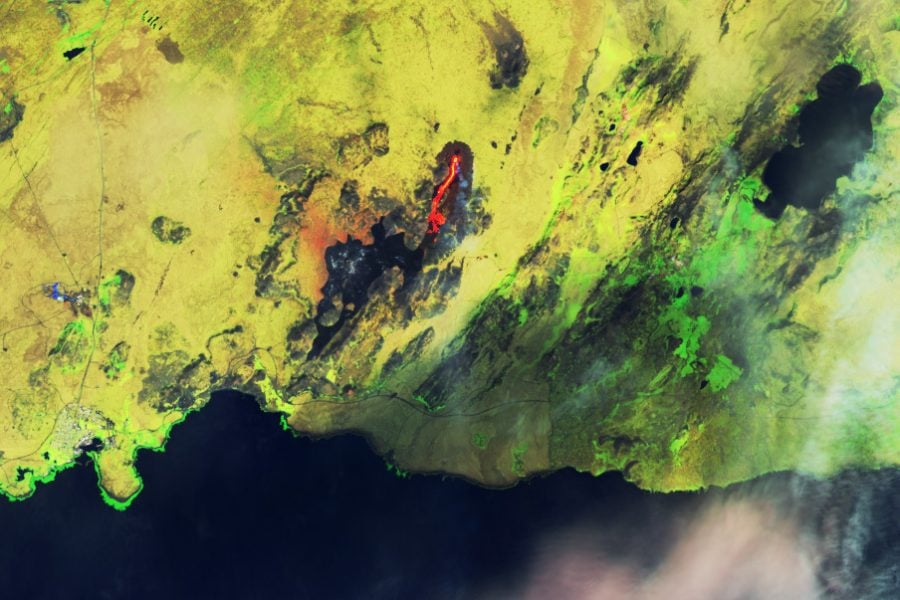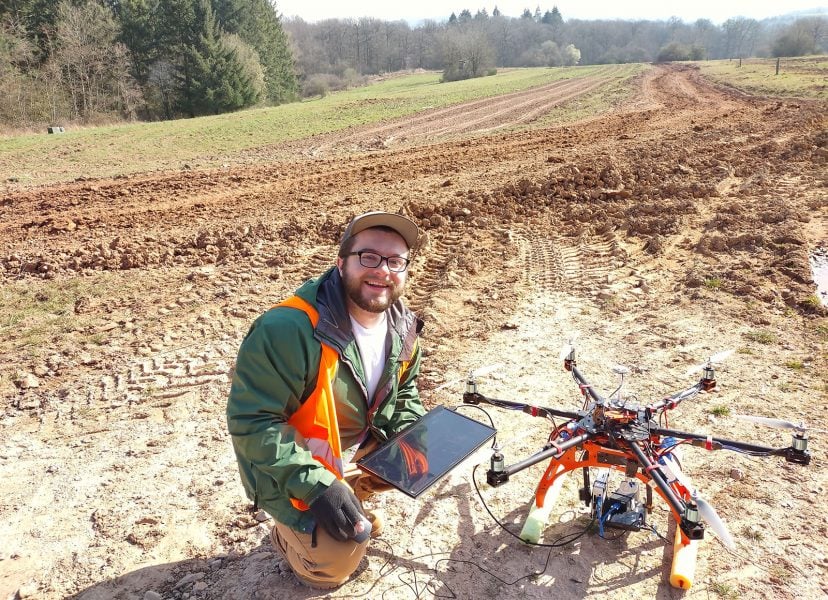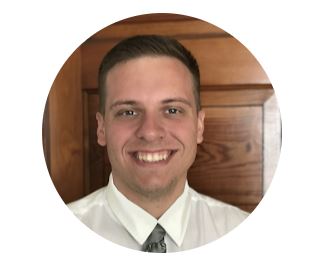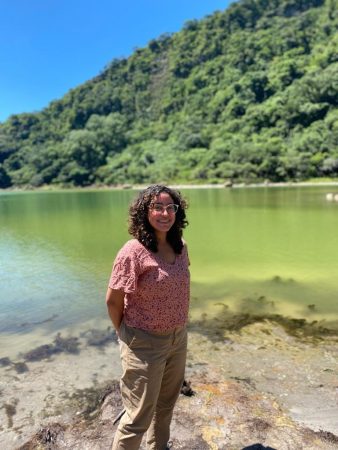Nathan Manser (GMES) was interviewed by WJMN Local 3 for a story about the mining process and management of byproducts in the past and present, as well as what could lie ahead for the mining industry relative to future mineral exploration in the Upper Peninsula.
Manser noted people in the Upper Peninsula have had to deal with repercussions of what several legacy mines have left behind.
He says the problem and search for solutions to mine tailings is front-and-center for experts in the industry. “There has never been a bigger focus on just that particular topic than then the tailings storage systems have been, especially in the last five years. It’s really accelerated.”
